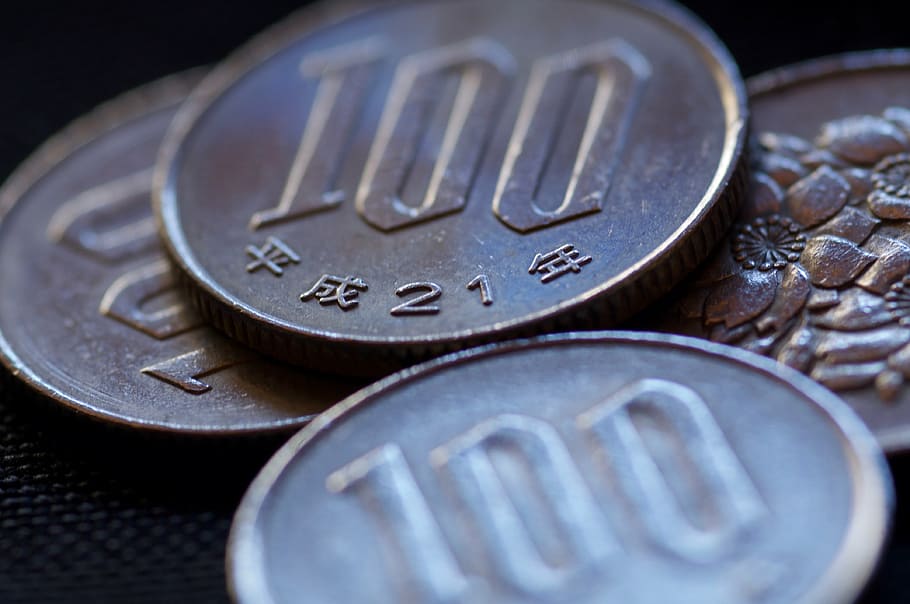Basics Of Currency Trading
Currency trading or Forex (foreign exchange) is the buying and selling of currencies on the Foreign Exchange market. It's considered to be one of the most exciting and potentially lucrative investment opportunities available today. But like any other investment venture, it's important to understand the basics before getting started. In this blog post, we'll take a look at some of the key concepts you need to know to get started in currency trading. So if you're interested in learning more, read on!
What is currency trading and how does it work?
In very basic terms, currency trading is the buying and selling of foreign currencies. For example, if you're an American investor interested in buying the Japanese yen, you would be engaging in currency trading. To do this, you would first need to buy U.S. dollars and then use those dollars to purchase Japanese yen on the foreign exchange market. Similarly, if you're a Japanese investor interested in buying U.S. dollars, you would also be engaging in currency trading.
The foreign exchange market is where all of this buying and selling takes place and it's the world's largest financial market with an average daily turnover of over $5 trillion! That's quite a bit more than the stock market which has an average daily turnover of around $50 billion.
So how do you get started in currency trading?
Well, first of all, you'll need to find a good Forex broker. This is someone who will facilitate your trades and provide you with the necessary tools and resources to help you succeed. Once you've found a broker, you'll need to open a Forex account and deposit some money into it. Once your account is funded, you'll be able to start buying and selling foreign currencies.
It's important to note that currency prices are constantly changing and they're affected by a variety of factors such as economic news, political events, interest rates, and more. As a result, it's important to do your homework before entering into any trades. You'll need to have a solid understanding of the market and you should also use Forex charts and other analysis tools to help you make informed trading decisions.
Another important thing to keep in mind is that currency trading is a very risky venture. You can potentially lose all of your investment so it's important to only trade with money that you can afford to lose.
Now that you know a little bit more about currency trading, we hope you'll give it a try! Just remember to do your research, use proper risk management techniques, and start slowly before diving in headfirst.
Happy trading!
The benefits of trading currencies
There are many benefits to trading currencies, including the following:
1. Forex is a very liquid market, which means that there is always a buyer and seller for every currency pair. This makes it easy to enter and exit trades at any time.
2. Forex is a 24-hour market, which means that you can trade whenever you want. There are no opening or closing bells like there is in the stock market.
3. Forex trading can be done from anywhere in the world with an internet connection. All you need is a computer or mobile device and you can start trading!
4. Currency prices are constantly changing and many different factors affect them. This provides plenty of opportunity for profit.
5. Forex trading is a very risky venture, which means that there is the potential to make a lot of money if you're successful.
So there you have it! These are just a few of the many benefits of trading currencies. If you're interested in learning more, we recommend that you check out our other blog posts or our Forex course. Thanks for reading and happy trading!
How to start trading currencies ?
There are a few basic steps that need to be followed to start trading currencies. These steps include:
1) Understanding what Forex trading is and how it works. Forex, also known as foreign exchange or FX trading, is the act of buying one currency while simultaneously selling another. This is done to take advantage of changes in the exchange rate between the two currencies.
2) Deciding which currency pairs to trade. There are a large number of currency pairs available for trading, so it is important to choose those that offer the most profit potential. Some factors to consider when choosing currency pairs include volatility, liquidity, and risk.
3) Getting started with a demo account. A demo account is a great way to learn about Forex trading without risking any real money. By using a demo account, you can get a feel for how the market works and what strategies are most effective.
4) Finding a reputable broker. When you are ready to start trading with real money, it is important to choose a broker that is reliable and offers good customer service. There are many Forex brokers to choose from, so be sure to compare several before making your final decision.
5) Developing a trading strategy. To be successful at Forex trading, it is important to have a solid strategy in place. This strategy should take into account your risk tolerance, investment goals, and the currency pairs you are most interested in trading.
By following these basic steps, you can start Forex trading and begin taking advantage of the opportunities that the market has to offer.
The different types of orders that can be placed in currency trading
Several different types of orders can be placed when trading currencies. These include:
1) Market order: A market order is an order to buy or sell a currency pair at the current market price.
2) Limit order: A limit order is an order to buy or sell a currency pair at a specific price. This price may be lower than the current market price (for a buy limit order) or higher than the current market price (for a sell limit order).
3) Stop-loss order: A stop-loss order is an order to sell a currency pair if it reaches a certain price (known as the "stop" price). This price is typically lower than the current market price for a long position, or higher than the current market price for a short position.
4) Trailing stop: A trailing stop is an order to sell a currency pair if it begins to fall in value by a certain amount (known as the "trailing" amount). This can help to protect profits and limit losses.
5) Take-profit order: A take-profit order is an order to sell a currency pair if it rises to a certain price (known as the "take-profit" price). This can help to lock in profits when they are made.
By understanding the different types of orders that can be placed, you can better tailor your trading strategy to fit your needs.
Tips for success in currency trading
1. Start small and gradually increase your trading volume.
2. Be patient and don’t try to make too many trades at once.
3. Use stop-loss orders to limit your losses.
4. Do your research and develop a strategy before entering the market.
5. Stay up-to-date on economic news and events that could impact the currency markets.
6. Have realistic expectations and don’t expect to get rich quickly in Forex trading.














